
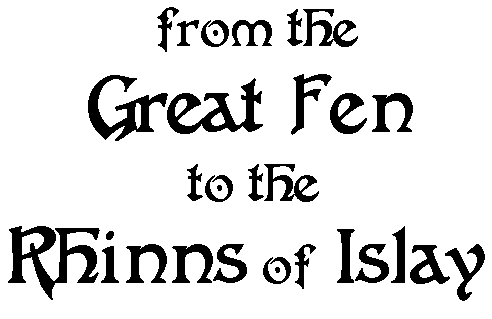
from the Great Fen to the Rhinns of Islay


1 October 2011
The North Atlantic Arc Home
| September | /Octoberrrrrrrrrrrr |
| S | M | T | W | T | F | S |
| 22 | 23 | 24 | ||||
| 25 | 26 | 27 | 28 | 29 | 30 | 1 |
| 2 | 3 | 4 | 5 | 6 | 7 | 8 |
| 9 | 10 | 11 | 12 | 13 | 14 | 15 |
| 16 | 17 | 18 | 19 | 20 | 21 | 22 |
| 23 | 24 | 25 | 26 | 27 | 28 | 29 |
| 30 |
 |
|
Saturday 1 October 2011--Another too-warm day. Stroll into town with no real plan, just a bit of wandering around. I stick
my face into the open west door of the extraordinary York Minster, but I'm not going in. It would fit the theme of the trip
so far, I suppose, forming a troika of splendid English cathedrals along with Ely and Lincoln, not to mention Notre-Dame, the
Boston Stump, and Beverley Minster. I guess I'm churched out...besides, I've been here before, and intend to be here again.
When I visited in 2008, the Great East Window, the largest single expanse of medieval stained glass in the world, was obscured
by canvas and scaffolding, undergoing a massive rehabilitation project. It still is. I'll return when it's done. No doubt
some other part of the building will be covered in scaffolding then--for buildings like this, restoration is virtually continuous.
I meander through the market and the Shambles, grab a sandwich, watch a busker or two. That's enough--it's too warm and too busy, on a Saturday afternoon. If I'd wanted to elbow through sweaty crowds, I'd have come in July. I walk past the sun-bathers on the lawn in front of the museum, and back toward the guest house along the River Ouse (no relation to the River Great Ouse that passes through Ely--this one is not great, but is good enough, I guess). Nap for a while in my room...don't know if it's lingering jet lag or illness, the heat, advancing age, or some combination thereof, but I'm still suffering from fatigue. Midafternoon I decide to drive across the Yorkshire Wolds to Wharram Percy. Should have done this right off--the countryside is beautiful. Much as I love York, I'm not really getting anything out of it this weekend; I'd have been much better off if I'd found some pretty little village in the middle of nowhere to hang out these two nights. Oh well. From a car park about a mile south of the village of Wharram le Street, a path leads down into a narrow valley, crossing a stream on a footbridge. I pass several fellow visitors on their way out, and ask if the pub is open. "Been closed about 600 years," says one, smiling. Wharram Percy, you see, is a deserted medieval village. That sounds a lot more dramatic than what you'll actually find there, which for the most part is subtle humps in the grass, the buried foundations of a row of houses along a street that is no longer there. You might actually get a better sense of it from the overhead view on Google Earth than by being there, but it is nonetheless an evocative spot. The audio tour, downloaded from the English Heritage website, helps. The village was the subject of archeological digs conducted by Maurice Beresford and John Hurst over a period of forty years, beginning in 1950, bringing to light a trove of information about the lives of ordinary people in the Middle Ages. Beresford had already radically changed thought about medieval England, cataloguing and documenting abandoned sites like this. It had been widely thought that there weren't very many such, but English Heritage now says there are around 3,000 deserted medieval villages in England. It was also thought that the 14th-century Black Plague had been the major factor in their depopulation; Beresford used contemporary documents to demonstrate that economic forces led landlords to clear many of these places in the early 15th century to make room for more profitable pastureland for sheep. The consequences for the displaced crofters were often devastating. Does this sound vaguely familiar? I find myself thinking not only of the Highland Clearances more than three hundred years later, but of the "one per cent" of the 21st century, the alleged job-creators who seem to far more interested in accumulating wealth than in creating jobs. Some things never change, do they? The one building visible above ground in Wharram Percy is the parish church, which remained in use up until 1870, and had a serviceable roof on it as late as 1949, when the lead was taken by thieves. Excavation by Beresford and Hurst revealed how it had grown from a tiny 10th-century chapel to its greatest size in the 14th century, shrinking again to what we now see by the 17th century. If you are interested, a website kept by Kenneth Tompkins, an academic who worked in the digs and later served as a guide at the site, provides a concise but reasonably detailed description and interpetation of Wharram Percy. The Guardian's obituary of Maurice Beresford from 2005 is also worth reading. A link for the audio tour can be found at English Heritage's Wharram Percy page. I leave reluctantly and drive west on the second leg of my York-Wharram-Hovingham triangle. This last is a very neat little Yorkshire village; I have the distinct impression that it is a very comfortable and somewhat upscale bedroom community. I have dinner and a pint in the Malt Shovel, one of two pubs in town. (The other is a very nice-looking small hotel, a little too nice-looking for me.) It's just a few yards from there to the village hall. I feel highly privileged to witness a performance by Martin Carthy and Dave Swarbrick, two giants in the world of English folk music. Carthy was a major figure in the folk revival of the '60s--if that's not a scene you're familiar with, it's worth noting at least that a young Bobby Zimmerman saw him in London in the early '60s, taking some inspiration before changing his name to Dylan. Likewise Paul Simon, whose uncredited lifting of Carthy's arrangement of Scarborough Fair perhaps foreshadowed his later career as an ethnomusicological pilferer. (The omission rankled Carthy for decades, until a public reconciliation some years ago.) At 70, Carthy seems as vital as ever. By contrast, Swarbrick is physically frail, the recipient of a double lung transplant following a long battle with emphysema. Even so, his distinctive fiddling style, inspiration for a generation of players, is alive and well. It's a sterling show, and I'm left contemplating the conundrum of such legendary performers playing for tiny audiences in venues like this Yorkshire village hall, year in and year out, while such contemporaries as, say, the Rolling Stones (more transAtlantic pilferers!) occasionally mount megatours attended by hundreds of thousands. It seems manifestly unfair that Mick and Keef are bazillionaires, while Martin and Dave live modestly. I hope the latter pair can take some comfort, as I do, in knowing that they continue to do what they've always done, representing a mature musical tradition, while the former two have long since lapsed into self-parody, singing "I can't get no satisfaction" while counting their millions. I have a single pint at the Malt Shovel after the show, then drive the fifteen miles or so back to York. I rarely drive the rental car after dark, and have taken care to be very moderate. There will be a dram back in my room. Maybe two. Next |
York to Wharram Percy to Hovingham
 |
York Minster
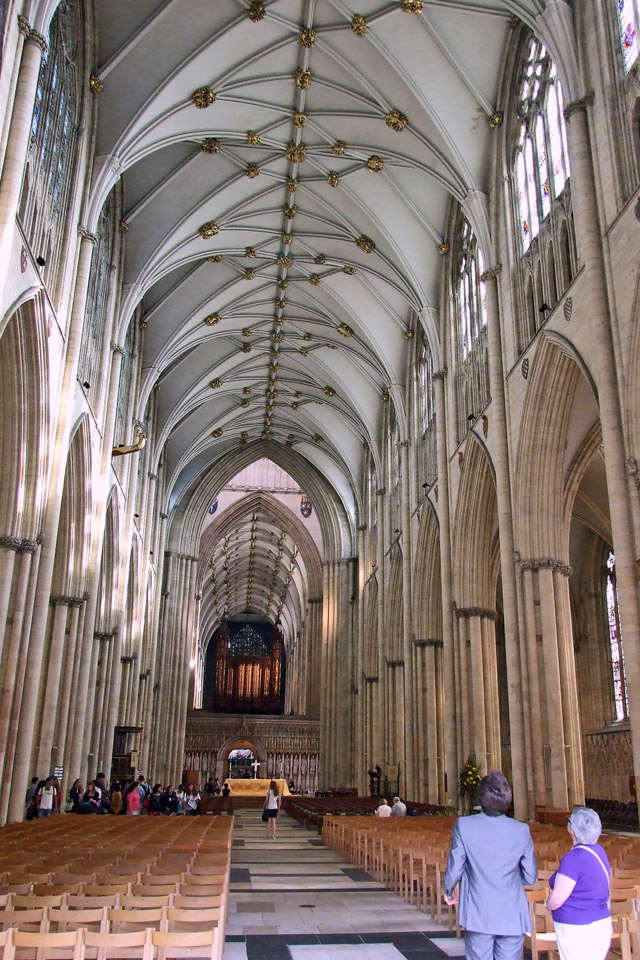 |
York Minster
 |
York Minster
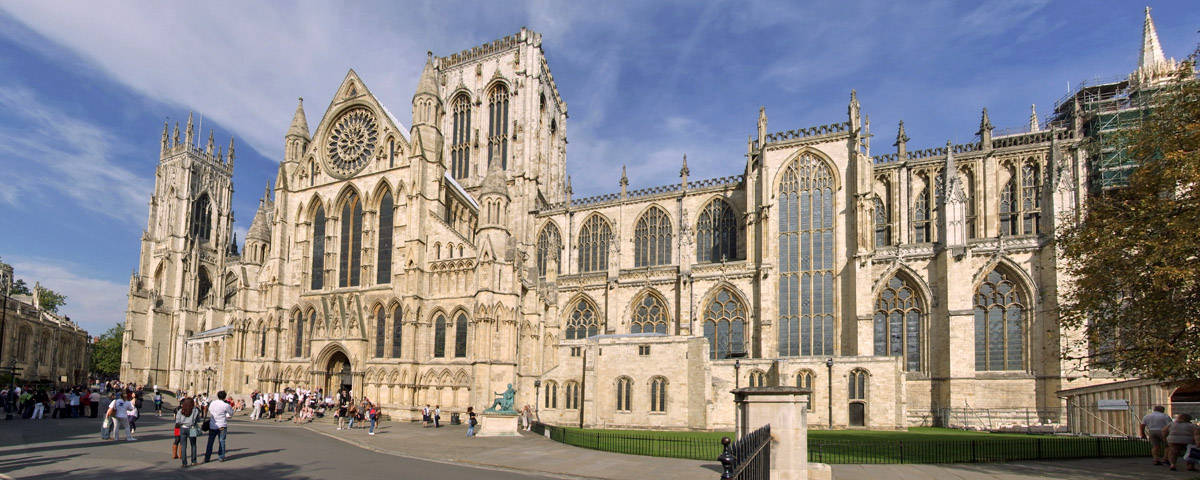 |
York Minster
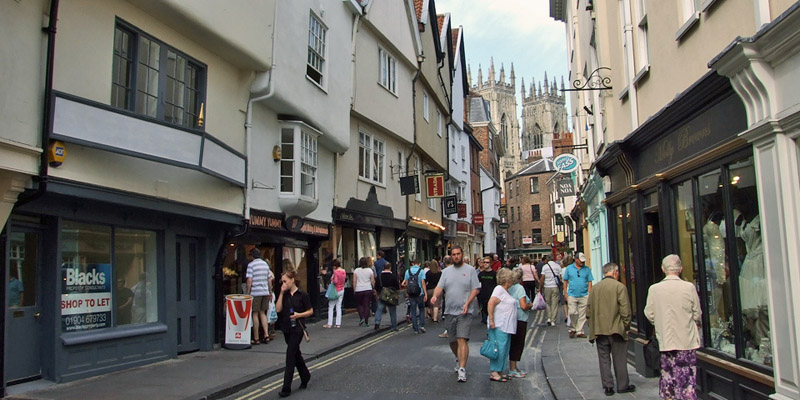 |
York
 |
Shambles
 |
Shambles
 |
Market
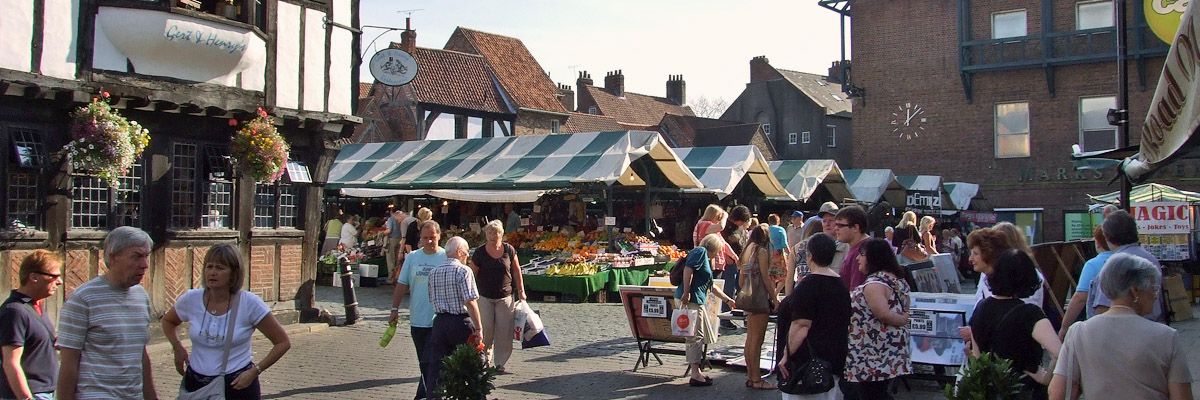 |
Market
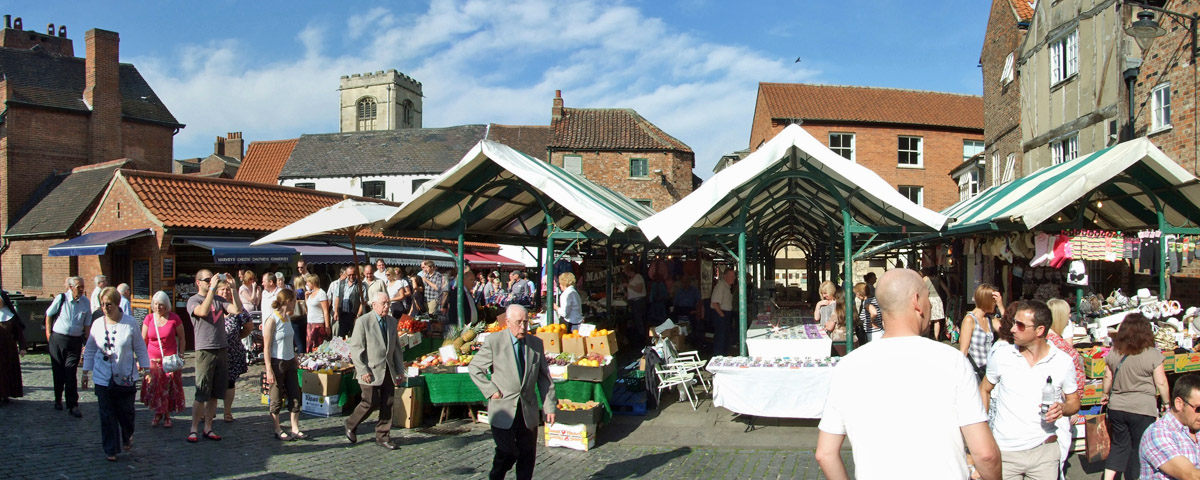 |
Market
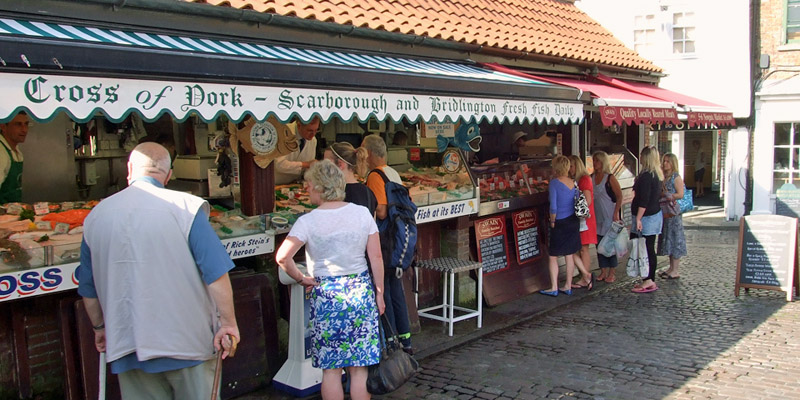 |
That's York, not Dork
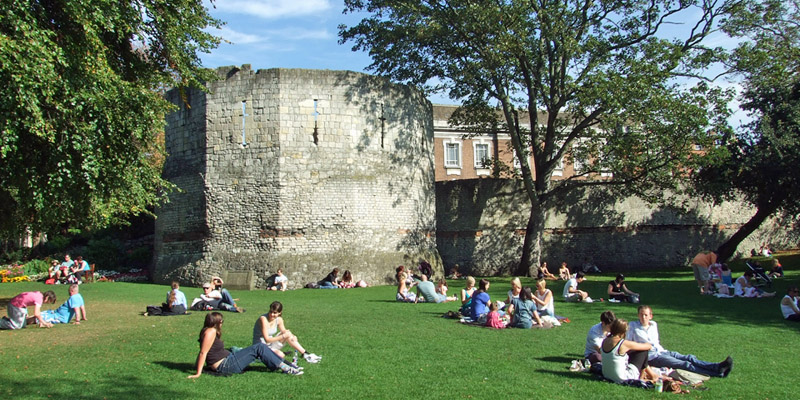 |
York
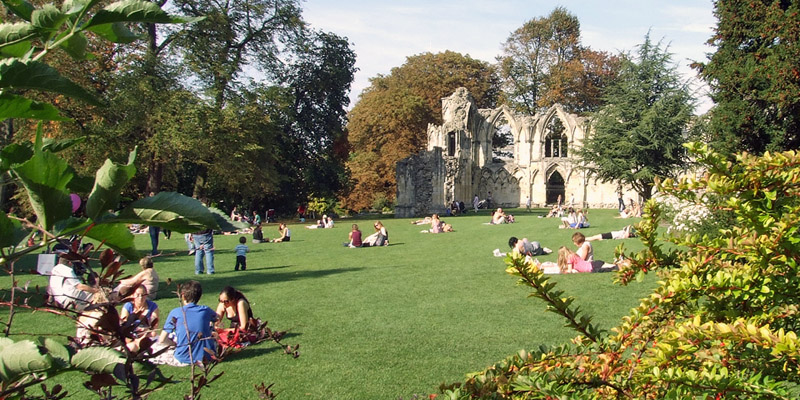 |
York
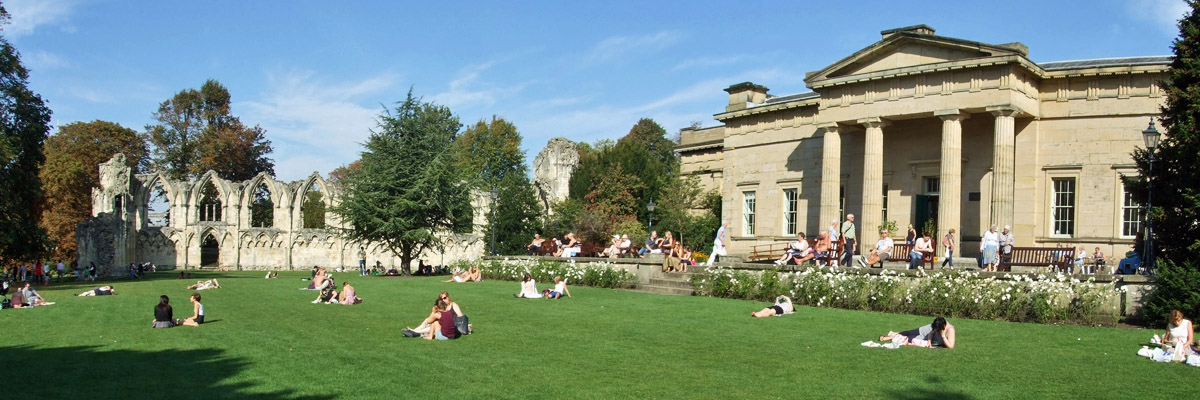 |
York
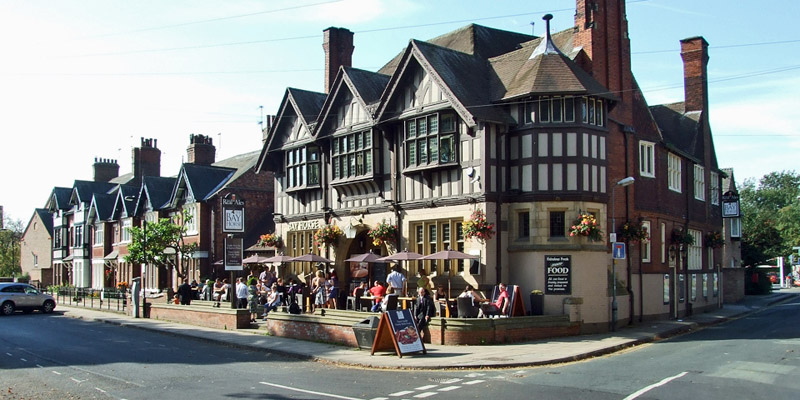 |
York
 |
York
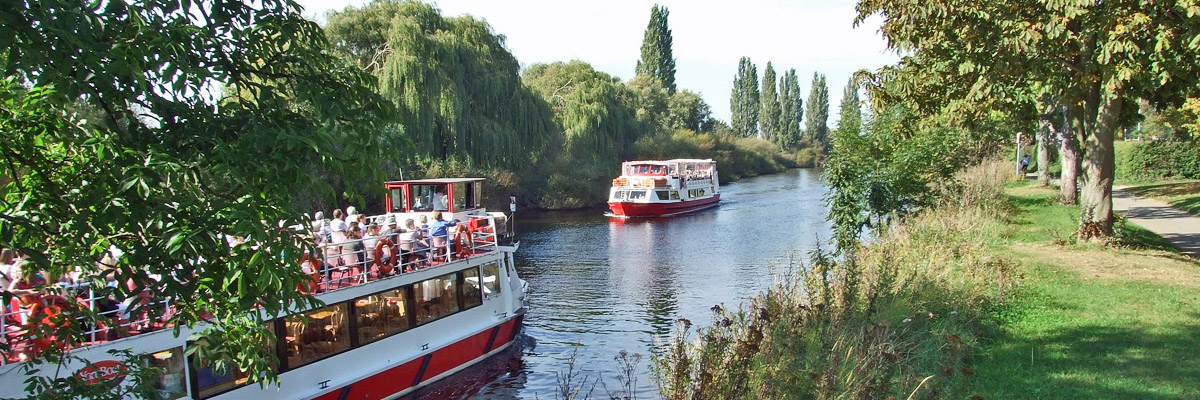 |
River Ouse
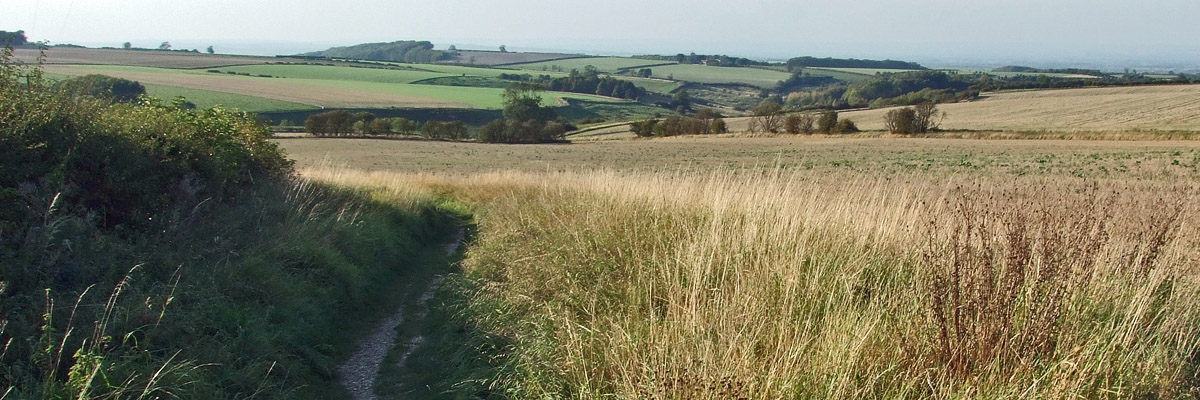 |
Approaching Wharram Percy
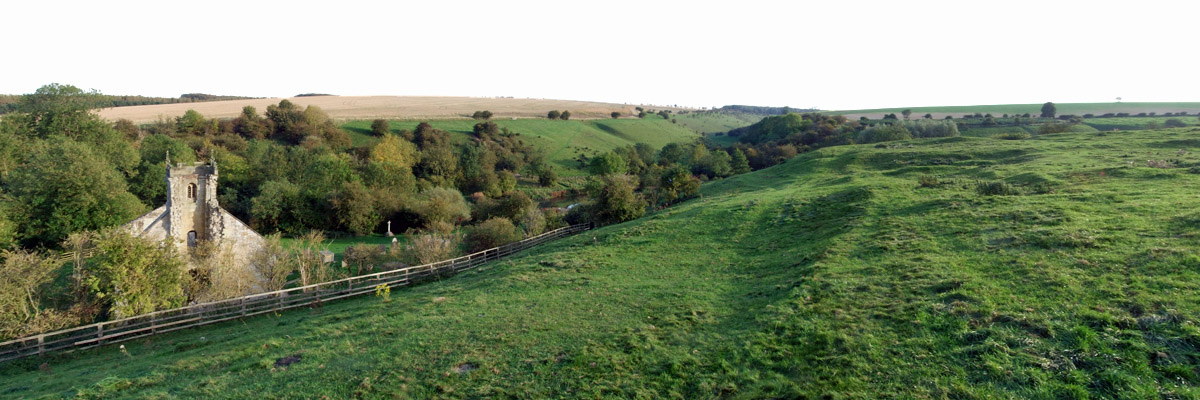 |
Wharram Percy
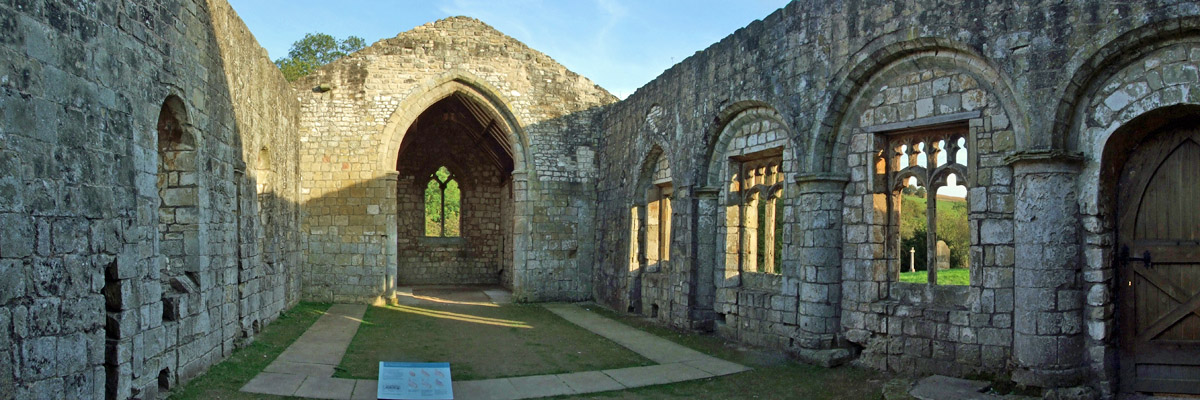 |
Wharram Percy
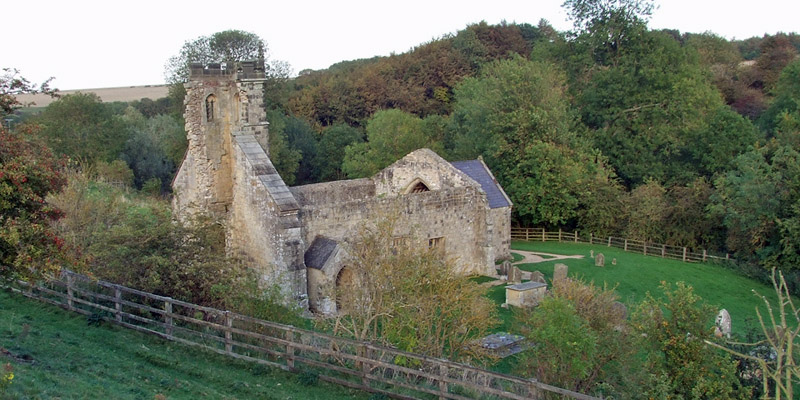 |
Wharram Percy
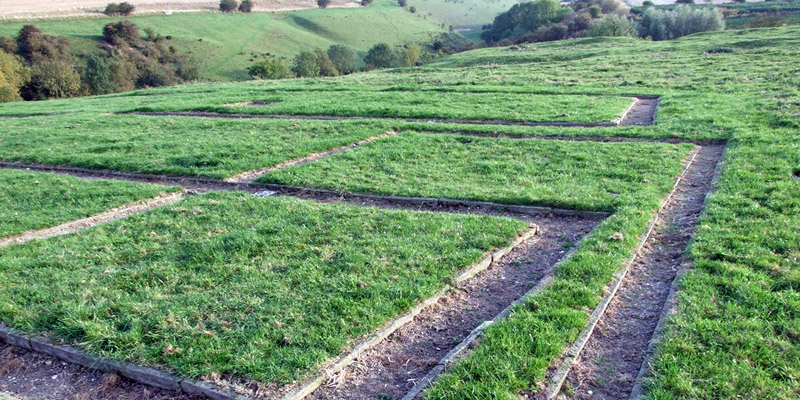 |
Wharram Percy
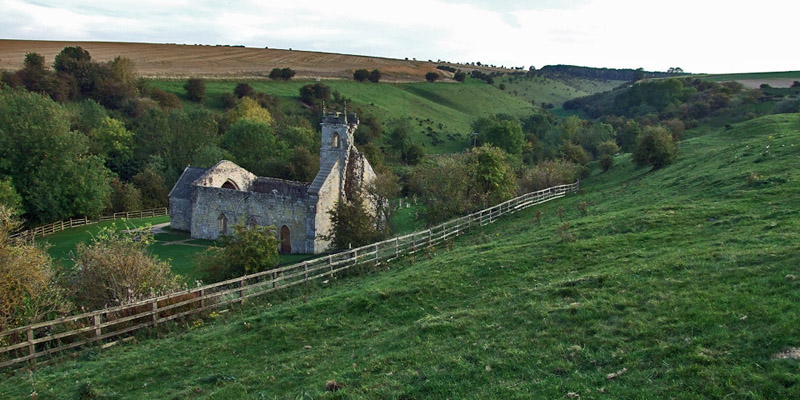 |
Wharram Percy
 |
Hovingham
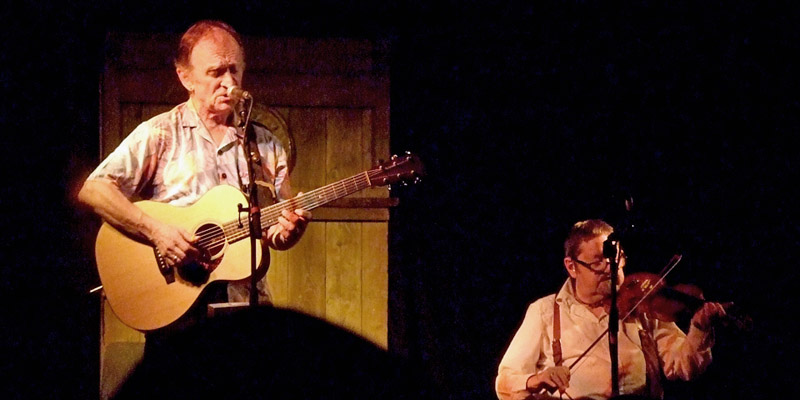 |
Martin Carthy and Dave Swarbrick
Next
| September | /Octoberrrrrrrrrrrr |
| S | M | T | W | T | F | S |
| 22 | 23 | 24 | ||||
| 25 | 26 | 27 | 28 | 29 | 30 | 1 |
| 2 | 3 | 4 | 5 | 6 | 7 | 8 |
| 9 | 10 | 11 | 12 | 13 | 14 | 15 |
| 16 | 17 | 18 | 19 | 20 | 21 | 22 |
| 23 | 24 | 25 | 26 | 27 | 28 | 29 |
| 30 |
The North Atlantic Arc Home

Mr Tattie Heid's Mileage
Results may vary
MrTattieHeid1954@gmail.com